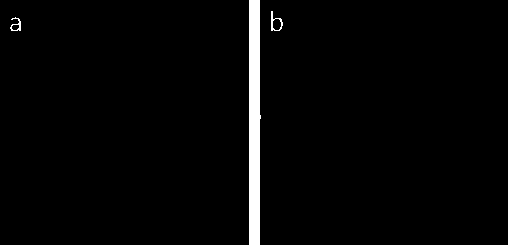Preparation method of three-dimensional porous antibacterial silk fibroin/graphene/titanium dioxide bone tissue engineering scaffold
A technology of bone tissue engineering and titanium dioxide, used in tissue regeneration, pharmaceutical formulations, prostheses, etc., can solve the problems of poor antibacterial properties, unsatisfactory mechanical properties of scaffolds, and poor osteoinductive ability, and achieves promotion of dispersion and improved mechanical properties. Performance, easy-to-get results
- Summary
- Abstract
- Description
- Claims
- Application Information
AI Technical Summary
Problems solved by technology
Method used
Image
Examples
Embodiment 1
[0029] 1) The boiling mass percentage is 0.5%~1% sodium carbonate (Na 2 CO 3 ) aqueous solution to degumming silkworm cocoons, after degumming, dissolve it in LiBr aqueous solution with a molar concentration of 9.0±0.5 mol / L, remove impurities and LiBr through centrifugation, filtration, and dialysis to obtain RSF aqueous solution, and concentrate it to RSF mass fraction 2% solution A for use. The dialysis is to put the RSF solution after centrifugal suction filtration into a cellulose dialysis bag, after sealing, immerse in deionized water to start dialysis, the dialysis temperature is 6~12°C, the dialysis time is 72 h, and the water change cycle is 3~12 ℃. 4 h.
[0030] 2) Mix 0.5-4 mg / mL GO dispersion, 10-30% TiO 2 The hydrosol was blended with 25% by volume ethanol in a volume of 100 mL to control the concentration of GO and TiO 2 The mass ratio is 1:5, and after it is dispersed uniformly in an ultrasonic disperser, rGO@TiO is synthesized by a hydrothermal method. 2 C...
Embodiment 2
[0036] The difference between embodiment 2 and embodiment 1 is that embodiment 2 controls rGO@TiO 2 The mass ratio to RSF is 1:50, while Example 1 controls rGO@TiO 2 Be 1:100 with the mass ratio of RSF, other operations are identical with embodiment 1, as follows:
[0037] 1) The boiling mass percentage is 0.5%~1% sodium carbonate (Na 2 CO 3 ) aqueous solution to degumming silkworm cocoons, after degumming, dissolve it in LiBr aqueous solution with a molar concentration of 9.0±0.5 mol / L, remove impurities and LiBr through centrifugation, filtration, and dialysis to obtain RSF aqueous solution, and concentrate it to RSF mass fraction 2% solution A for use. The dialysis is to put the RSF solution after centrifugal suction filtration into a cellulose dialysis bag, after sealing, immerse in deionized water to start dialysis, the dialysis temperature is 6~12°C, the dialysis time is 72 h, and the water change cycle is 3~12 ℃. 4 h.
[0038] 2) Mix 0.5-4 mg / mL GO dispersion, 10-3...
Embodiment 3
[0044] The difference between embodiment 3 and embodiment 2 is that embodiment 3 controls rGO@TiO 2 The mass ratio to RSF is 1:20, while Example 2 controls rGO@TiO 2 The mass ratio with RSF is 1:50, and other operations are identical with embodiment 2, as follows:
[0045] 1) The boiling mass percentage is 0.5%~1% sodium carbonate (Na 2 CO 3 ) aqueous solution to degumming silkworm cocoons, after degumming, dissolve it in LiBr aqueous solution with a molar concentration of 9.0±0.5 mol / L, remove impurities and LiBr through centrifugation, filtration, and dialysis to obtain RSF aqueous solution, and concentrate it to RSF mass fraction 2% solution A for use. The dialysis is to put the RSF solution after centrifugal suction filtration into a cellulose dialysis bag, after sealing, immerse in deionized water to start dialysis, the dialysis temperature is 6~12°C, the dialysis time is 72 h, and the water change cycle is 3~12 ℃. 4 h.
[0046] 2) Mix 0.5-4 mg / mL GO dispersion, 10-3...
PUM
| Property | Measurement | Unit |
|---|---|---|
| Volume | aaaaa | aaaaa |
Abstract
Description
Claims
Application Information
 Login to View More
Login to View More - R&D
- Intellectual Property
- Life Sciences
- Materials
- Tech Scout
- Unparalleled Data Quality
- Higher Quality Content
- 60% Fewer Hallucinations
Browse by: Latest US Patents, China's latest patents, Technical Efficacy Thesaurus, Application Domain, Technology Topic, Popular Technical Reports.
© 2025 PatSnap. All rights reserved.Legal|Privacy policy|Modern Slavery Act Transparency Statement|Sitemap|About US| Contact US: help@patsnap.com

